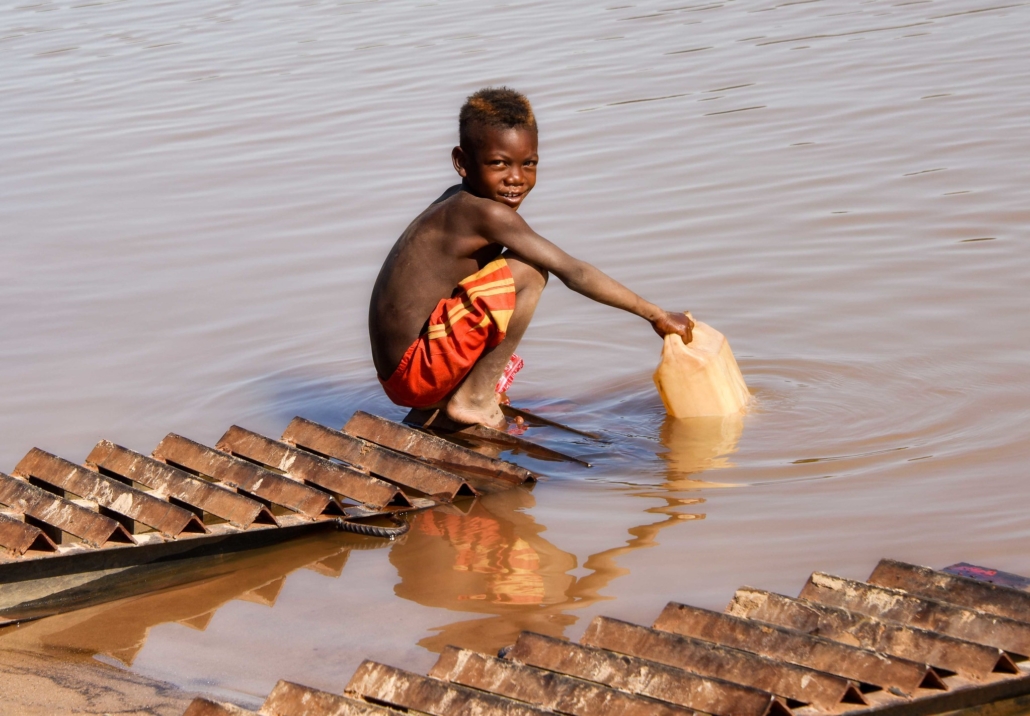New Skylight Makes Seawater Safe to Drink

A finalist in the 2021 Lexus Design Award, Henry Glogau created a skylight device that has the potential to solve water shortages worldwide. Glogau has utilized natural resources like sunlight and seawater. With these resources, he created an indoor desalination system that makes seawater safe to drink. The system has already provided drinking water and indoor lighting to homes in Antofagasta, Chile.
How the Skylight Makes Seawater Safe to Drink
Someone has to hand-pump the salty seawater into the skylight. From there, the solar panel absorbs sunlight, which heats the water to the point of evaporation. The evaporation turns into condensation. The condensation drips down to the bottom half of the skylight. There, a spout controls the release of the desalinated drinking water. The skylight can produce up to 440 milliliters of water a day. It takes the salinity of the seawater from 36,000 ppm, past the minimum drinkability at 500 ppm to a miraculous 40 ppm. The skylight leaves behind salty brine in the water. The device, however, lets nothing go to waste. Salt batteries generate a diffused light from the leftover brine.
Free Lighting
Not only does the device provide drinking water, but it also provides free natural lighting to many lacking it. Power lines generate life for many families in settlement homes in Chile. The boarded windows of the homes block out natural light, unfortunately. The boarded windows increase privacy and security. The natural light from the skylight, along with the salt battery-powered light strip for the nighttime, is a great, cheap alternative that allows families to not have to live in the dark. The skylight creates soothing light patterns on the floors and walls during the evaporation to condensation processes.
Implementing the Skylight in Antofagasta
Antofagasta, a city in Chile, utilizes the skylight. Antofagasta is a very dry, coastal region where there is a limited flow of surface water. A water sustainability study in 2016 found Antofagasta to have the most severe water scarcity index of five main Chilean regions. This region possessed a value of 24.4. This value excludes the ecological flow requirements. The value rises to 51.6 with the inclusion of the flow requirements. The mean annual runoff for this region is 930 liters per second. Demand for this region is 22,704 liters per second.
In the Antofagasta area, there are approximately 110,000 families without access to clean water. The skylight innovation makes seawater safe, providing clean water to many families. Many people in Chile live in compartimentos. Chile categorizes compartimentos as eight or more houses lacking legal property and having access to one basic service. For many people, the service they lack is water. The privatization of resources such as water makes clean water difficult to afford. This is why the work Glogau has done is so important for these communities. To increase the impact of this system, the people of Antofagasta are participating in local workshops on desalination that uses renewable resources. Hopefully, more communities around the world suffering from lack of access to clean drinking water will utilize this system.
– Samantha Fazio
Photo: Flickr
